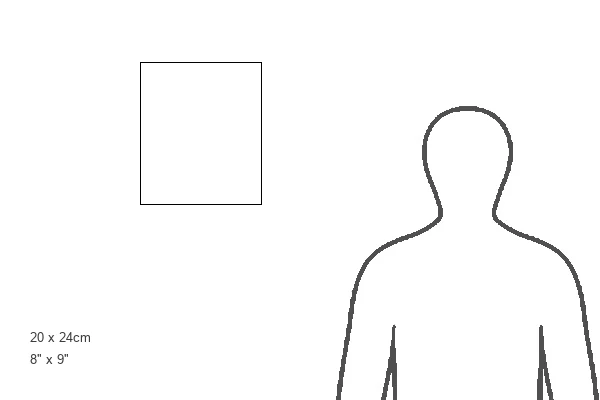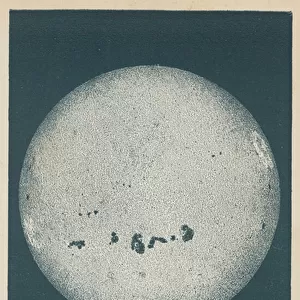Home > Science > Space Exploration > Space Rockets
Mouse Mat : Valier rocket lunar base
![]()

Home Decor from Mary Evans Picture Library
Valier rocket lunar base
Max Valier, Munich engineer, proposes a lunar base using solar power, from which travel to more distant destinations will be easier than from Earth. (2 of 3)
Mary Evans Picture Library makes available wonderful images created for people to enjoy over the centuries
Media ID 572189
© Mary Evans Picture Library 2015 - https://copyrighthub.org/s0/hub1/creation/maryevans/MaryEvansPictureID/10005337
Destinations Distant Earth Easier Engineer Exploration Lunar Moon Munchen Munich Power Projects Proposal Rocket Solar Space Surface 1927 Base
Mouse Pad
Standard Size Mouse Pad 7.75" x 9..25". High density Neoprene w linen surface. Easy to clean, stain resistant finish. Rounded corners.
Archive quality photographic print in a durable wipe clean mouse mat with non slip backing. Works with all computer mice
Estimated Product Size is 20.2cm x 23.7cm (8" x 9.3")
These are individually made so all sizes are approximate
Artwork printed orientated as per the preview above, with portrait (vertical) orientation to match the source image.
EDITORS COMMENTS
This image depicts a visionary proposal by Max Valier, a pioneering Munich engineer, for a lunar base powered by solar energy. Dated back to 1927, Valier's concept was a groundbreaking idea that aimed to establish a lunar outpost as a stepping stone for human exploration of more distant celestial destinations. Valier's design showcases a sophisticated lunar base with a series of domed structures, solar panels, and a towering rocket, all set against the rugged lunar surface. The solar panels, strategically placed to capture the abundant sunlight on the moon, would provide the necessary power to sustain the base and its inhabitants. The base's location on the moon was not only intended to facilitate scientific research but also to serve as a strategic point for further space travel. With the moon's weaker gravity and proximity to Earth, launching rockets from the lunar base would be significantly easier and more cost-effective than from Earth. Valier's proposal was a testament to the spirit of innovation and exploration that characterized the 1920s, a time when the possibilities of space travel were just beginning to be imagined. Although this visionary project did not come to fruition during Valier's lifetime, it paved the way for future space exploration and the eventual establishment of lunar bases by various space agencies. This image serves as a reminder of the bold ideas and dreams that have driven humanity's quest for knowledge and discovery beyond our planet's boundaries.
MADE IN THE USA
Safe Shipping with 30 Day Money Back Guarantee
FREE PERSONALISATION*
We are proud to offer a range of customisation features including Personalised Captions, Color Filters and Picture Zoom Tools
SECURE PAYMENTS
We happily accept a wide range of payment options so you can pay for the things you need in the way that is most convenient for you
* Options may vary by product and licensing agreement. Zoomed Pictures can be adjusted in the Cart.














